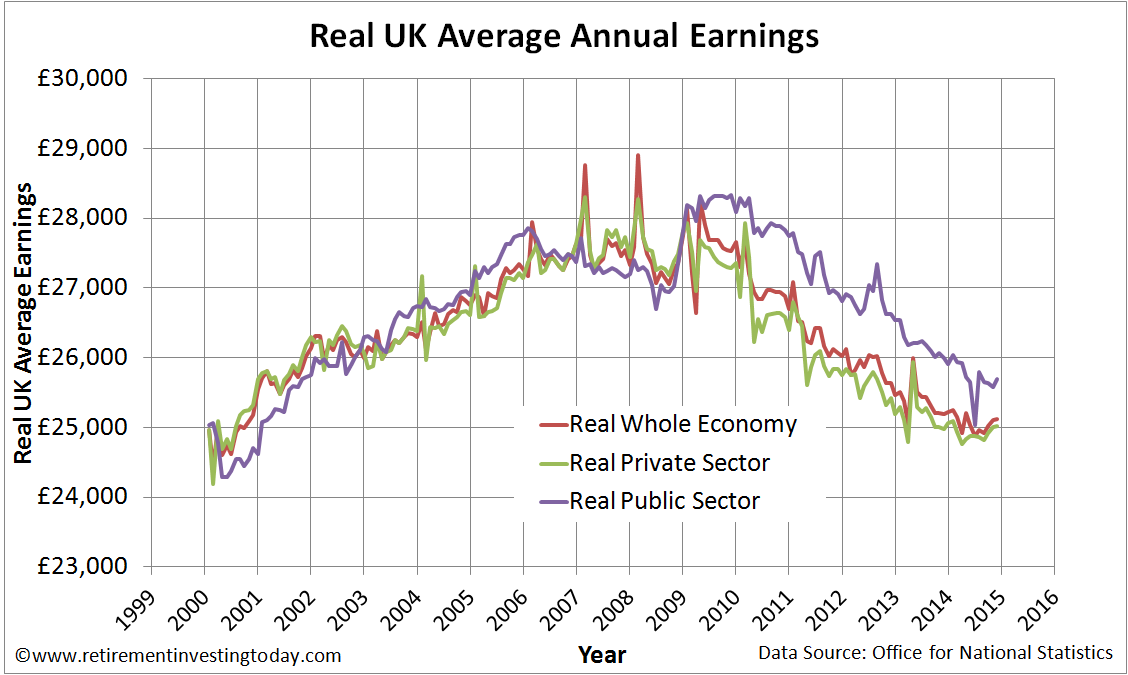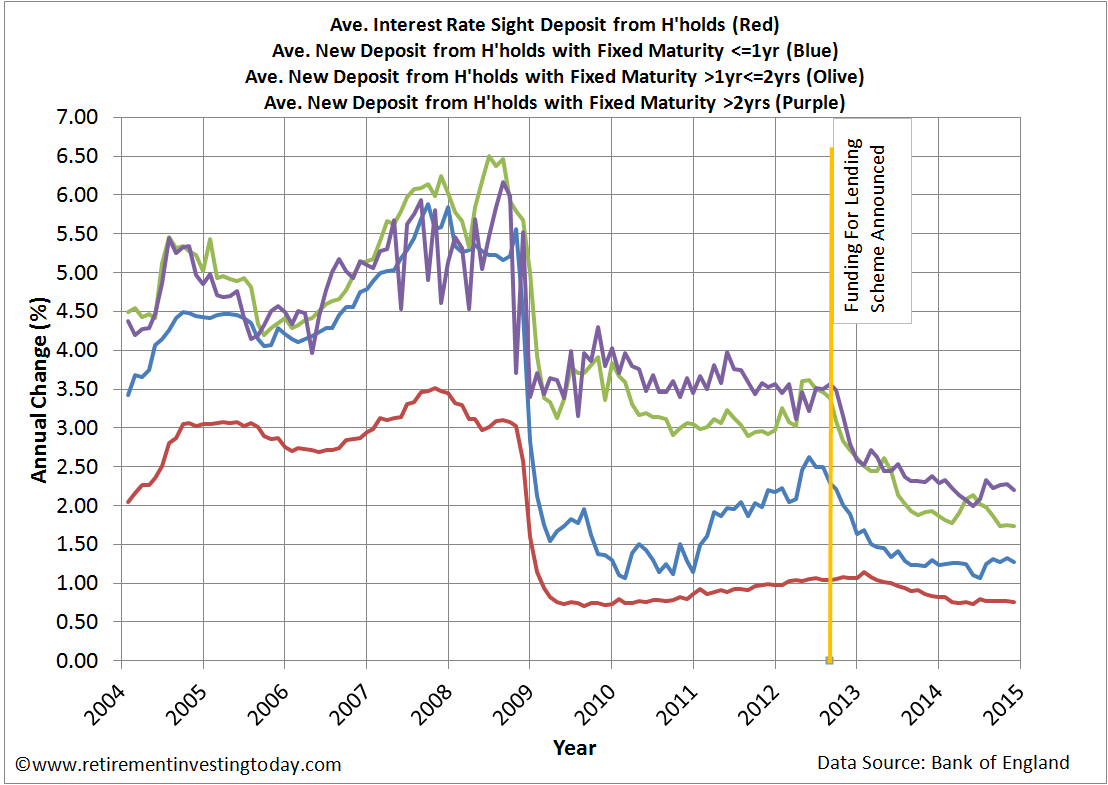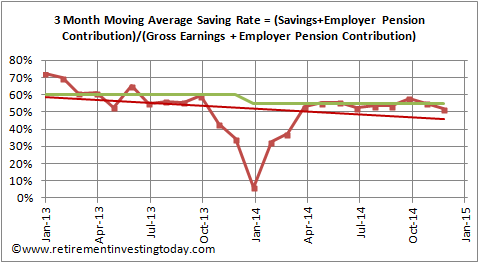Once you’ve done plenty of your own research (which in my opinion must include a thorough read of Tim Hale's Smarter Investing: Simpler Decisions for Better Results ), decided upon the different asset classes that will form your balanced investment portfolio and then decided on the percentage allocation to those different asset classes it’s time to select (and buy) the Investment Products that will give you that real world balanced portfolio.
), decided upon the different asset classes that will form your balanced investment portfolio and then decided on the percentage allocation to those different asset classes it’s time to select (and buy) the Investment Products that will give you that real world balanced portfolio.
The theory says that this should be trivial and achievable with only a small amount of products. At an extreme it could be nothing more than a Vanguard LifeStrategy Equity Fund. Having now been at this investing game for over 7 years I've personally found that in its infancy you will need more products than you really should and you’ll also not always be able to select the optimum products so will end up with compromise. Then as time progresses you will end up with more and more stamps for your stamp collection.
There are many reasons for this but some might include spreading provider (whether wrapper and/or investment) risk, new products that give benefits over what you currently hold, inability to buy your preferred product in a particular account, tinkering because personal finance is a hobby and even as a result of some good old fashioned investing mistakes.
Let me demonstrate with my own investment portfolio. These are the top level asset classes and allocations to each class I'm currently holding:
Looks simple doesn’t it? Now let’s look in detail at ALL of the investment products that make up my portfolio.
UK Equities:
The theory says that this should be trivial and achievable with only a small amount of products. At an extreme it could be nothing more than a Vanguard LifeStrategy Equity Fund. Having now been at this investing game for over 7 years I've personally found that in its infancy you will need more products than you really should and you’ll also not always be able to select the optimum products so will end up with compromise. Then as time progresses you will end up with more and more stamps for your stamp collection.
There are many reasons for this but some might include spreading provider (whether wrapper and/or investment) risk, new products that give benefits over what you currently hold, inability to buy your preferred product in a particular account, tinkering because personal finance is a hobby and even as a result of some good old fashioned investing mistakes.
Let me demonstrate with my own investment portfolio. These are the top level asset classes and allocations to each class I'm currently holding:
Click to Enlarge
Looks simple doesn’t it? Now let’s look in detail at ALL of the investment products that make up my portfolio.
UK Equities:
- Vanguard FTSE UK All Share Index Unit Trust (Income). This fund tracks the FTSE All Share Index, has a TER of 0.08% and a Stamp Duty Reserve Tax at initial purchase of 0.2%. I'm happy with this fund however there is one small consideration that would make me 100% satisfied. I'm with the ermine in that psychologically during retirement I would very much prefer to live only on dividends rather than having to also sell down capital. In partial conflict with this the Vanguard fund pays dividends only once per year. One idea to keep expenses low but increase dividend frequency would be to create a pseudo All Share Index. 85% of the FTSE All Share Index is the FTSE100 Index with the majority of the remainder being FTSE250. By buying 75% Vanguard FTSE100 UCITS ETF (VUKE) and 25% Vanguard FTSE100 UCITS ETF (VMID) results in a TER of 0.09% but dividends paid quarterly instead of yearly. At this time I won’t act on this as in retirement I’ll be keeping at least 12 months essential living expenses in cash so should be able to manage with annual dividends.
- My High Yield Portfolio (HYP) which continues to build nicely. This portfolio has a TER of 0.0% (but it does have buy/sell dealing fees and 0.5% stamp duty on initial purchase) and as a believer of expenses matter that’s fine by me.
- I'm generally happy with what’s going on with the UK Equities portion of my portfolio.








